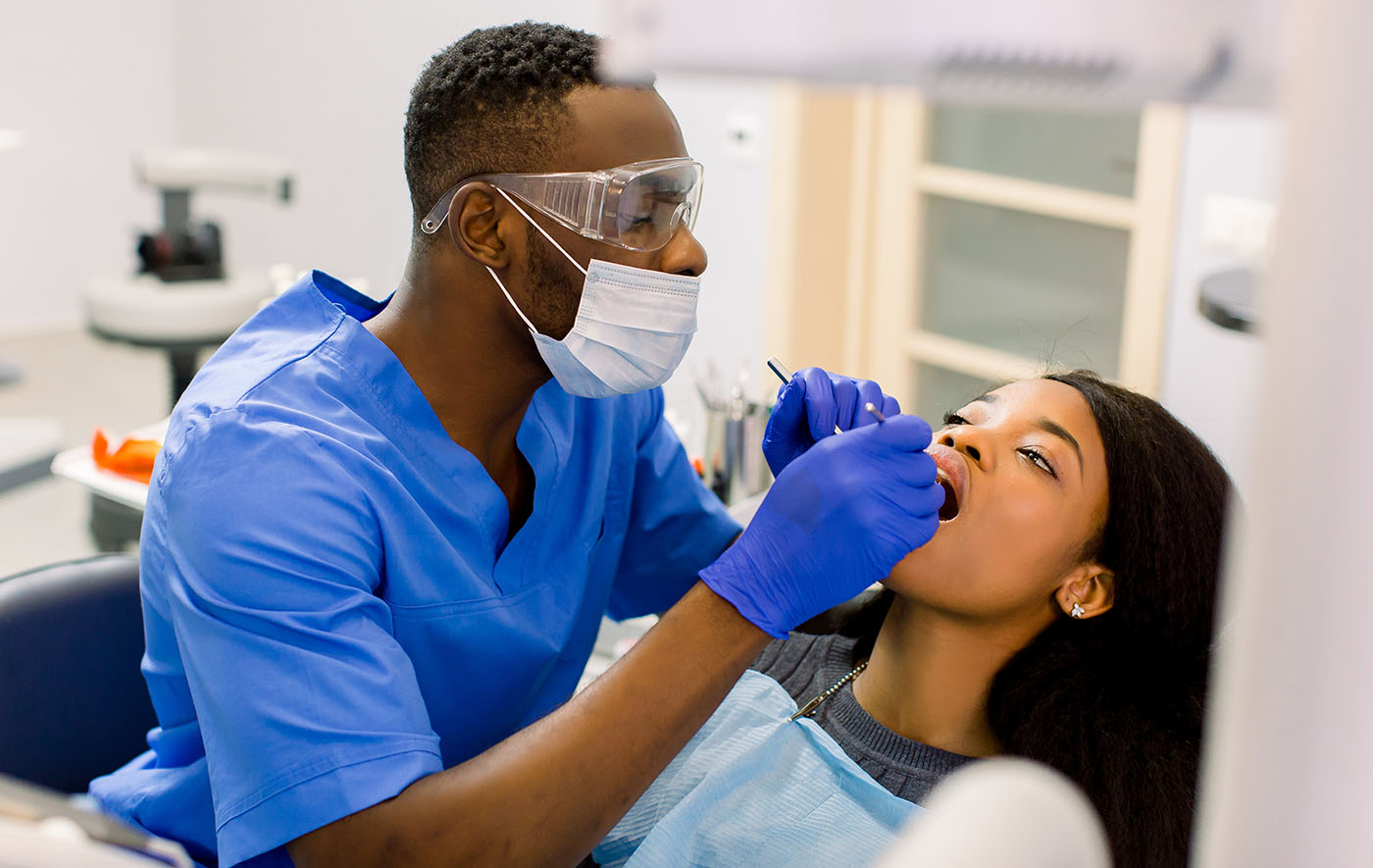The importance and Evolution of Dental health Care

Dental health is a critical aspect of overall well-being, yet it is often overlooked. The mouth serves as a gateway to the body, and poor oral hygiene can 元朗牙醫 to a multitude of health problems beyond just tooth decay or gum disease. Good dental practices include regular brushing, flossing, and visits to the dentist, which help in the early detection of potential issues. The importance of dental health stretches back to ancient civilizations; archaeological evidence shows that people have been trying to care for their teeth for thousands of years using rudimentary tools like sticks and bones. Over time, dental care has evolved significantly, moving from basic teeth cleaning to comprehensive oral health management, encompassing preventive, restorative, and cosmetic treatments.
One of the most significant advancements in dental health has been the development of preventive measures, such as fluoridation of drinking water and the introduction of fluoride toothpaste. These efforts have dramatically reduced the incidence of tooth decay and other dental diseases. Fluoride strengthens tooth enamel, making it more resistant to the acids produced by bacteria in the mouth. Additionally, dental sealants are commonly used to protect the chewing surfaces of the back teeth from decay. These preventive measures are particularly beneficial for children, whose developing teeth are more susceptible to cavities. Educating parents and caregivers about the importance of early dental care for children ensures a foundation for lifelong oral health.
Restorative dentistry has also come a long way from its early days of tooth extractions being the primary solution for dental problems. Today, restorative treatments like fillings, crowns, and bridges can repair damaged teeth and restore function and aesthetics. The materials used for these procedures have significantly improved, offering durability and a natural appearance. Dental implants, which replace missing teeth with artificial ones anchored to the jawbone, have become increasingly popular due to their long-term benefits and natural look. Restorative dentistry not only improves oral health but also boosts self-confidence by allowing people to maintain a full and healthy smile.
Cosmetic dentistry focuses on enhancing the appearance of a person’s teeth, gums, and overall smile. Procedures such as teeth whitening, veneers, and bonding are designed to improve aesthetics and are often sought after for their ability to boost self-esteem. With advancements in technology, cosmetic dental treatments have become more accessible and less invasive. For instance, laser teeth whitening offers quicker results with minimal discomfort compared to traditional methods. Similarly, dental veneers, thin layers of porcelain placed over teeth, can correct various imperfections, including discoloration, chips, or gaps, providing a more uniform and attractive smile.
In addition to preventive, restorative, and cosmetic treatments, orthodontics plays a vital role in dental health. Orthodontics deals with the diagnosis, prevention, and correction of malpositioned teeth and jaws. Braces and clear aligners, like Invisalign, have become popular tools for straightening teeth and improving bite alignment. Orthodontic treatment not only enhances appearance but also contributes to better oral health by making it easier to clean teeth effectively. When teeth are properly aligned, the risk of tooth decay and gum disease decreases, as there are fewer places for plaque and food particles to get trapped.
Advancements in dental technology have revolutionized the way dentists diagnose and treat oral health problems. Digital X-rays, for example, provide a more detailed view of the teeth and supporting structures with less radiation exposure than traditional X-rays. Cone beam computed tomography (CBCT) offers three-dimensional imaging, which is invaluable for planning complex procedures like dental implants or root canal therapy. The use of computer-aided design and manufacturing (CAD/CAM) allows for the precise creation of dental restorations, such as crowns and veneers, in a single visit. These technological advancements not only improve the accuracy of treatments but also enhance patient comfort and reduce recovery times.
The field of periodontics focuses on the prevention, diagnosis, and treatment of gum disease. Periodontal health is essential for maintaining the overall stability of the teeth, as the gums and bone structure support them. Gum disease, if left untreated, can lead to tooth loss and has been linked to systemic health conditions, such as heart disease and diabetes. Treatments for gum disease range from non-surgical approaches, like scaling and root planing, to surgical interventions for more advanced cases. Periodontal maintenance is crucial, especially for individuals with a history of gum disease, as it helps prevent recurrence and keeps the supporting structures of the teeth healthy.
Oral and maxillofacial surgery addresses more complex dental and facial problems, including impacted wisdom teeth, facial injuries, and jaw misalignment. These surgical procedures often involve collaboration with other healthcare professionals, such as orthodontists and plastic surgeons, to achieve the best outcomes for patients. Innovations in anesthesia and surgical techniques have made these procedures safer and less invasive, with shorter recovery times. For patients with severe dental anxiety, sedation dentistry offers a way to undergo necessary treatments without the stress and discomfort typically associated with dental visits.
Public health initiatives have played a significant role in improving dental health awareness and access to care. Programs that provide free or low-cost dental screenings, fluoride treatments, and sealants to underserved populations help address disparities in oral health. Education campaigns emphasizing the connection between oral hygiene and overall health encourage individuals to prioritize dental care. Efforts to integrate dental health into general healthcare services aim to make oral health screenings a routine part of medical checkups, ensuring that dental issues are detected and treated early.
Lastly, dental education and research continue to drive the field forward. Dental schools and research institutions around the world are constantly developing new techniques, materials, and technologies to improve patient outcomes. Ongoing studies into the links between oral health and systemic diseases offer insights into how dental care can contribute to the prevention and management of conditions such as cardiovascular disease, diabetes, and even Alzheimer’s disease. The future of dental health care lies in a more integrated approach, where oral health is recognized as a vital component of overall health and well-being.